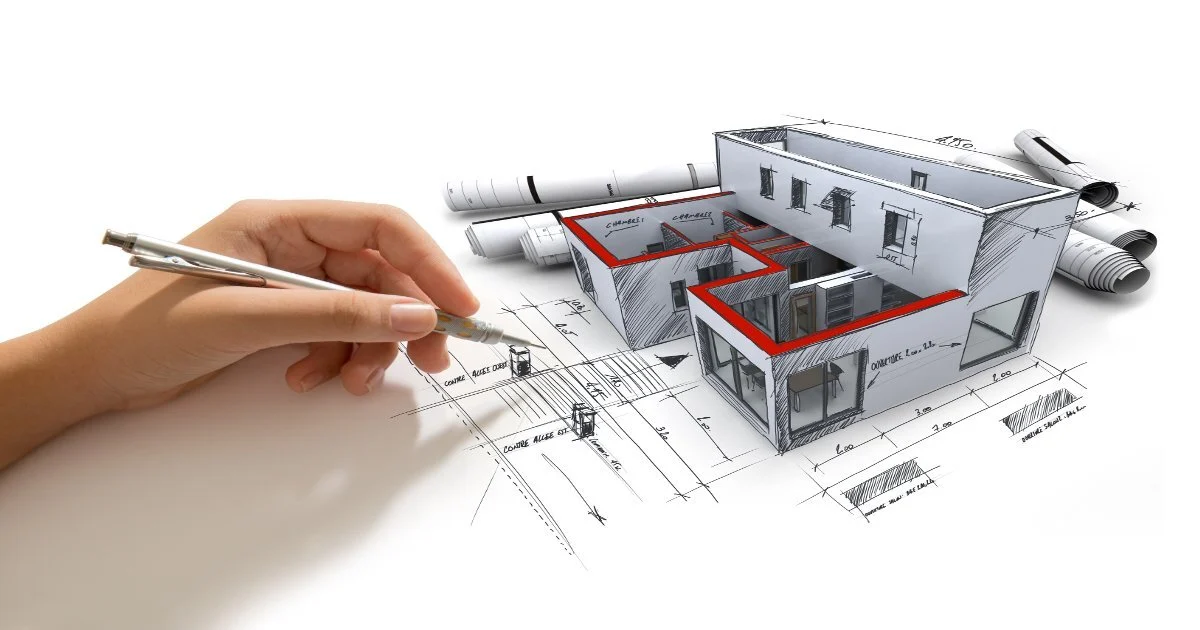Ph.D. in Architectural Engineering: Introduction, Admission, Registration, Eligibility, Duration, Fees, Syllabus 2024

Introduction:
A Ph.D. in Architectural Engineering is a multidisciplinary journey that combines the art of design with the science of engineering. It’s a path for those who envision innovative structures that not only dazzle the eyes but also stand the test of time and efficiency.
Admission Process:
- Application Submission: Candidates must submit a detailed application, including a statement of purpose and a research proposal.
- Academic Transcripts: A record of academic performance, especially in related fields such as civil engineering or architecture.
- Letters of Recommendation: Strong endorsements from academic or professional mentors.
- Interview: An interview with faculty members to assess the candidate’s fit for the program.
- Portfolio Review: Evaluation of a portfolio showcasing previous work, which may include designs, research papers, or projects.
- Language Proficiency: For non-native speakers, proof of proficiency in the language of instruction is required.
Eligibility:
- Master’s Degree: A master’s degree in engineering, architecture, or a related field.
- Research Experience: Demonstrated experience in research, preferably with published work or conference presentations.
- Academic Excellence: A strong academic record with a focus on subjects relevant to architectural engineering.
- Technical Skills: Proficiency in technical skills, including CAD software and structural analysis tools.
- Analytical Abilities: Strong analytical and problem-solving skills.
- Commitment: A deep commitment to advancing the field of architectural engineering.
Completion Time:
The program typically spans 3-5 years, including coursework, comprehensive exams, research, and dissertation work.
Career Opportunities:
- Academia: Teaching and conducting research at universities.
- Research Institutions: Leading innovative research projects in architectural engineering.
- Design Firms: Taking on senior roles in architectural and engineering design firms.
- Government Agencies: Developing policies and standards for building and construction.
- Consultancy: Providing expert advice on complex architectural engineering projects.
- Sustainable Development: Working with organizations to promote sustainable building practices.
Syllabus:
- Advanced Structural Analysis: In-depth study of the behavior of structures under various loads.
- Building Systems: Exploration of mechanical, electrical, and plumbing systems in buildings.
- Sustainable Design: Training in environmentally responsible and resource-efficient building practices.
- Construction Technology: Study of advanced construction methods and materials.
- Project Management: Learning the principles of managing large-scale construction projects.
- Design Theory: Understanding the theoretical underpinnings of architectural design.
Internship Opportunities:
- Engineering Firms: Gaining practical experience in leading engineering firms.
- Construction Sites: On-site experience in managing and overseeing construction projects.
- Government Projects: Internships with government bodies involved in urban development.
- Research Labs: Participating in cutting-edge research in architectural engineering.
- International Organizations: Working on global projects with a focus on sustainable development.
- Non-Profit Organizations: Contributing to projects that aim to improve community living spaces.
Scholarships and Grants:
Numerous scholarships and grants are available for Ph.D. students, including university fellowships, government-funded scholarships, and private endowments.
FAQs:
What distinguishes a Ph.D. in Architectural Engineering from other engineering Ph.D. programs?
This Ph.D. focuses on the integration of engineering principles with architectural design, emphasizing both aesthetic and functional aspects of building design.
Can I pursue interdisciplinary research during my Ph.D.?
Yes, interdisciplinary research is encouraged, combining aspects of architecture, sustainability, and technology.
What are the expected outcomes of the dissertation?
The dissertation should provide significant contributions to the field, whether through theoretical advancement, design innovation, or the development of new technologies.
Are there opportunities for industry collaboration?
Many programs have strong ties with the industry, offering opportunities for collaboration on real-world projects.




